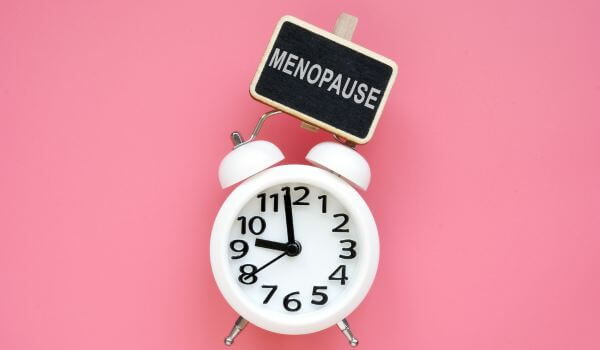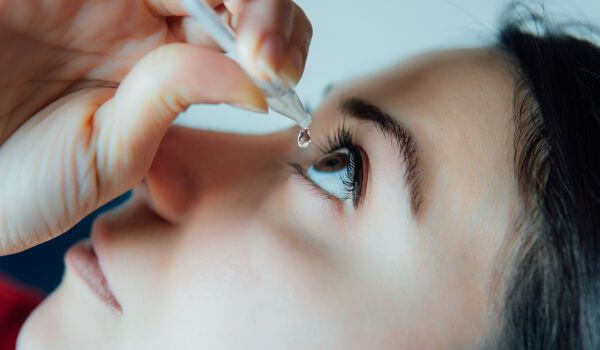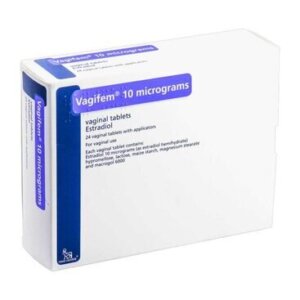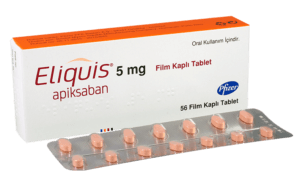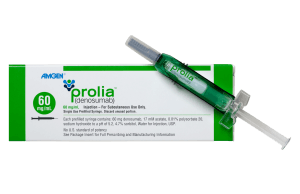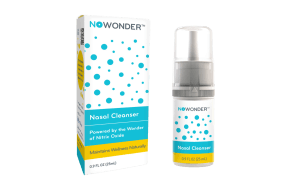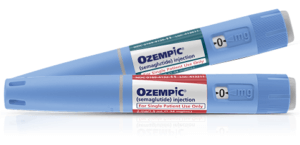
Some startling facts about women’s heart health
- Cardiovascular disease is the leading cause of death among women, claiming more lives than all types of cancer combined. Despite this, only 44% of women are aware that cardiovascular disease poses this threat.
- Nearly 45% of women aged 20 and older are affected by some form of cardiovascular disease.
- Between 10% and 20% of women experience health complications during pregnancy. Conditions such as high blood pressure, preeclampsia, and gestational diabetes not only affect pregnancy but also significantly raise the likelihood of developing cardiovascular disease later in life.
- A large number of heart attacks and strokes can be avoided by increasing awareness and making healthier lifestyle choices, including staying active, maintaining a balanced diet, and keeping blood pressure under control.
- High blood pressure, often called hypertension or the “silent killer,” is a serious health issue. Among all high blood pressure-related deaths, 51.9% occur in women.
- Women account for approximately nearly 60% of all stroke-related deaths.
- Women are less likely to receive bystander CPR due to concerns from rescuers about being accused of inappropriate contact, causing harm, or facing allegations of sexual misconduct.
- In clinical cardiovascular trials, women account for just 38% of participants, highlighting a persistent gender gap in these areas.
What is heart disease in women?
Heart disease encompasses various conditions that impact the heart. Often, the terms “heart disease” and “cardiovascular disease” (CVD) are used interchangeably. But, there’s a difference. Cardiovascular disease (CVD) is a broader term encompassing any disease of the heart and blood vessels, while heart disease refers more specifically to conditions affecting the heart itself. Essentially, heart disease is a type of cardiovascular disease, but not all cardiovascular diseases are heart diseases. Disorders related to the heart and blood vessels include coronary heart disease, preeclampsia, atrial fibrillation, heart attacks, congenital heart defects, heart failure, and strokes.
Cardiovascular diseases (CVD) can impact any part of the heart and blood vessels, often without noticeable symptoms. Different types of CVD can occur simultaneously or increase the risk of developing others.
What causes heart disease in women?
Cardiovascular disease in women does not have a single cause, but atherosclerosis is the leading underlying factor. Atherosclerosis occurs when plaques build up on the walls of arteries. These plaques consist of substances like fat, cholesterol, and calcium. Over time, the plaques harden and cause the arteries to narrow, which reduces blood flow. In some cases, plaques that build up within artery walls due to atherosclerosis can lead to thrombosis (blood clot formation) when they rupture or become unstable. This rupture exposes the thrombogenic (clot-promoting) components of the plaque to the bloodstream, triggering the body’s clotting cascade. The resulting clot can then block the artery, leading to a heart attack or stroke..
What are the risk factors for women’s heart disease?
Cardiovascular disease in women is influenced by a variety of factors, some of which are modifiable while others remain beyond control.
- Age: The likelihood of developing cardiovascular disease increases as people grow older, with those over 50 being most at risk. As well, women face a higher risk of CVD after menopause, which sets in between 45 and 55.
- Heredity: If some immediate family member, like a parent or sibling, was diagnosed with CVD before 60, there is an increased genetic risk which makes CVD more likely.
How can the risk of heart disease be reduced?
- Elevated blood pressure can lead to stiffening and narrowing of the arteries, raising the likelihood of atherosclerosis. Managing it through medications and reducing salt in the diet can help.
- Addressing CVD risk factors before and during pregnancy can reduce the chances of developing preeclampsia.
- People with diabetes are twice as likely to develop CVD, and women are at a higher risk compared to men. Adopting a healthy lifestyle and making dietary adjustments can aid in managing diabetes.
- Chronic stress can have a greater impact on women’s heart health than men’s, damaging arteries and worsening other CVD risk factors. Prioritize self-care and tackle the sources of stress to protect the heart.
- Excessive levels of LDL cholesterol, often referred to as “bad” cholesterol, can lead to plaque buildup in the arteries. Dietary adjustments and medications can help control cholesterol levels.
- A sedentary lifestyle can contribute to weight gain and heighten the risk of related issues like high blood pressure and cholesterol. Regular physical activity is crucial, even after a CVD diagnosis, under medical supervision.
- Excess weight increases the likelihood of CVD and other risk factors like high blood pressure and cholesterol. Maintaining a healthy weight through balanced eating and regular exercise is essential.
- Consuming foods high in saturated fats, trans fats, cholesterol, salt, and sugar can lead to unhealthy weight gain and elevate the risk of high blood pressure and cholesterol. Focus on a well-rounded, nutritious diet to support health.
- Smoking significantly raises the risk of CVD by promoting the development of arterial plaque. Quitting smoking is one of the most effective ways to improve heart health.
- Drinking alcohol excessively over time can harm the heart, raise certain blood fat levels, lower HDL (“good”) cholesterol, and increase blood pressure. Reducing alcohol intake can help mitigate these risks.
Heart disease symptoms in women

Symptoms vary based on the specific condition, and some may not be immediately noticeable. Certain risk factors and issues, such as high blood pressure, can develop silently without showing any clear signs in the early stages.
In both women and men, the most common symptom of a heart attack is chest pain, pressure, or discomfort that may come and go or last for several minutes. However, in women, this chest pain is often less intense or noticeable compared to men and is more commonly described as a feeling of pressure or tightness in the chest. It is also important to note that a heart attack can occur without any chest pain at all. Women also often experience heart attack symptoms that differ from the typical chest pain. These symptoms can include discomfort in areas like the neck, jaw, shoulders, upper back, or abdomen. They may also feel short of breath, unusually tired, or generally unwell. Heart attack symptoms in women are more likely to occur during periods of rest or even while sleeping, unlike in men.
What are some warning signs women should not ignore?
Men typically feel central chest pain during a heart attack, but women often mistake this pain for indigestion because they are less likely to associate it with a heart attack. So heart disease and stroke in women may come without warning.
It is important to seek medical attention right away if heart pain persists or occurs along with other symptoms commonly associated with heart disease.
- Stiffness or pain in the neck, jaw, shoulders, upper back, or stomach
- Shortness of breath and an overall sense of feeling unwell
- Pain, pressure, or aching in one or both arms
- Feeling nauseous or experiencing vomiting
- Burning sensation or discomfort resembling indigestion
- Excessive sweating
- Feeling faint, dizzy, or light-headed
- Unexplained exhaustion or tiredness
Pre-heart attack symptoms for females
For women, the most common warning sign of a heart attack is chest pain or discomfort that can last several minutes or occur intermittently. Many women describe this sensation as a feeling of pressure or tightness in the chest. Unlike men, this chest pain may be less intense or harder to notice, making it a subtle yet significant symptom to recognize.
What are the best steps to prevent heart disease and stroke in women?
Detecting heart disease early allows for timely treatment and management, which can potentially stop it from developing into a more serious condition. A heart health check allows a doctor to assess a person’s overall risk of cardiovascular disease by examining various factors. These include lifestyle risks like high cholesterol levels and smoking, along with a family history of CVD, ethnicity, age, gender, and any existing health conditions. The doctor will follow established treatment guidelines to recommend steps that can help lower a person’s risk, which might include prescribing medication.
Simple lifestyle changes for women to prevent heart disease
No matter the results of a heart health check, there are straightforward actions that anyone can take to reduce the risk of cardiovascular disease and promote better heart health.
- A heart-healthy diet consists of a mix of fruits, vegetables, whole grains, and nutritious protein sources, all working together to support overall cardiovascular health. Consider a good multivitamin to cover any nutritional gaps, like the Her Essentials Pack.
- Processed foods should be consumed in moderation, and their nutrition labels should be reviewed carefully. Many of these foods are high in saturated fats, trans fats, LDL cholesterol, salt, and sugar, all of which can have harmful effects on overall health.
- Avoid sugary drinks and opt for water instead to stay well-hydrated.
- Opt for healthier fat sources, such as nuts, seeds, and avocados.
- Incorporating exercise or physical activity into daily routines is essential for maintaining good health. Engaging in at least 30 minutes of moderate-intensity physical activity on most days is recommended, but even small amounts of movement can make a positive difference.
- Achieve a healthy weight by staying active and eating a balanced diet.
- Reduce alcohol consumption as it can negatively impact health by increasing certain blood fats, lowering HDL cholesterol (often referred to as “good” cholesterol), and raising blood pressure.
- Smoking is a major risk factor for cardiovascular disease, and giving it up is one of the most effective ways to improve heart health.
Heart disease is the leading cause of death among women worldwide, and currently, no cure exists. The number of women affected by CVD is projected to increase in the coming years, emphasizing the critical need for further research and advancements in understanding and treating the disease.
FAQs
What proportion of women is at risk of heart disease?
The main causes of death are heart disease and stroke in women. Most women, about two out of three, have at least one risk factor for heart disease, and the chance of having these risks goes up as they get older. The more risk factors a person has, the higher their chance of developing heart disease.
From what age can women develop heart disease?
Heart disease and stroke in women can begin at any age, but the risk becomes higher after menopause, usually between age 45 ad 55. Before menopause, the body produces more estrogen, a hormone that helps protect the heart. This is why women often develop heart problems about 10 years later than men.
What is the main indicator of heart disease?
Cholesterol is a fatty, waxy substance found in the blood. High cholesterol means there is too much of it, which can increase the chances of heart disease. This happens when LDL cholesterol, also called “bad” cholesterol, is too high, or when HDL cholesterol, known as “good” cholesterol, is too low, or both.
What does heart pain feel like?
Changes in heart and blood vessels can lead to chest pain, the first signs of possible heart disease and stroke in women, and leading to conditions like angina or heart attacks. This pain often feels like pressure, squeezing, or a heavy, crushing sensation. It might also spread to other areas such as the arm, shoulder, jaw, or back.
Are eggs good for your heart?
The general consensus is that healthy individuals can safely eat up to seven eggs a week without raising their risk of heart disease. In fact, some research suggests that eating this many eggs may help lower the chances of certain strokes and macular degeneration, an eye problem that can cause blindness.




